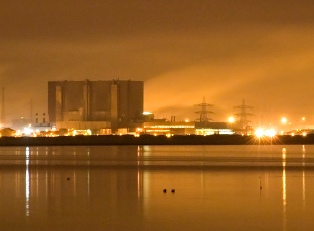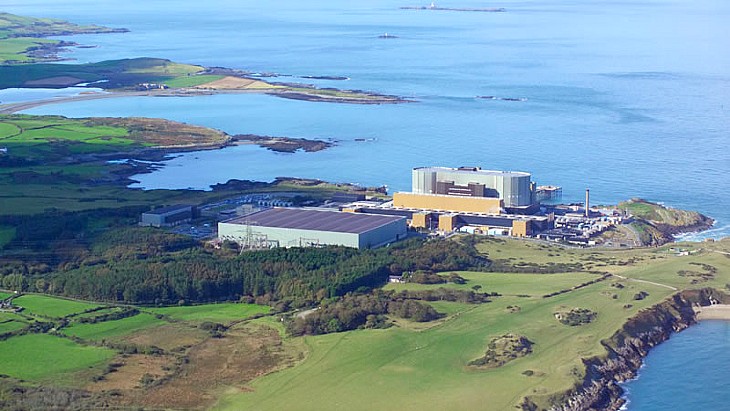 During routine maintenance work, "an issue related to a wire winding" was identified in a boiler closure unit at Hartlepool 1.
During routine maintenance work, "an issue related to a wire winding" was identified in a boiler closure unit at Hartlepool 1. In an Advanced Gas-cooled Reactor (AGR) eight boilers are within the concrete pressure vessel that safely contains the reactor core and potentially dangerous materials. The steel and concrete boiler closure units form part of the reactor pressure boundary and are pre-stressed with nine layers of wire windings. It is the condition of this wire that British Energy (BE) is investigating at Hartlepool 1.
BE also chose to shut down Hartlepool 2 and Heysham 1, which share the same design of boiler closure unit. Heysham 2 was undergoing refuelling when the potential problem was discovered and BE decided to postpone its return to service until the investigation and subsequent checks are complete.
Separately an aging effect worsened at the Hinkley Point B nuclear power plant, when components in the unit's reactor core were found to have degraded more than expected. Over time, the intensely radioactive conditions within a reactor core can change the qualities of components of which it is made. For example, in AGRs it is known that the graphite blocks that comprise the reactor's main structure and its moderator develop cracks. BE knows this and monitors the exact conditions of the cores closely.
A recent quarterly report by the Health and Safety Executive (HSE) to local stakeholders revealed that radiation-induced embrittlement of the core restraint structures at Hinkley Point B was more severe that previously thought.
BE reported the matter to the Nuclear Installations Inspectorate (NII) of the HSE, which accepted the company's safety case for continued operation of the reactor in the short term. However, the HSE said that the degradation of core restraint components undermines the safety case for the reactor core as a whole. A revised safety case was under development at BE for the longer term.
BE is very keen to embark upon a program of building new nuclear power reactors in the UK to replace the state-developed AGRs, which are proving increasingly unreliable. If BE does not build new reactors, by 2023 it will only be operating Sizewell B - a modern design pressurized water reactor - as the AGRs are retired.
Further information
British Energy
Health and Safety Executive
WNA's Nuclear Power in the United Kingdom information paper
WNN: Areva, British energy move for new UK nuclear
WNN: Safety reviews complete for Hunterston B and Hinkley Point B




_50545.jpg)


_70761.jpg)
_76087_55556.jpg)




